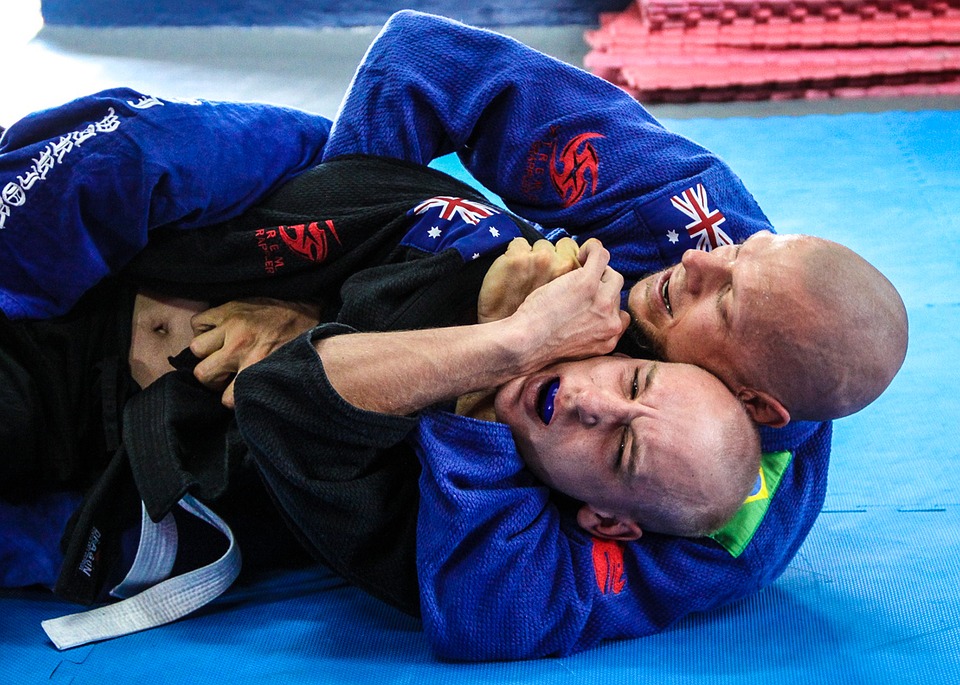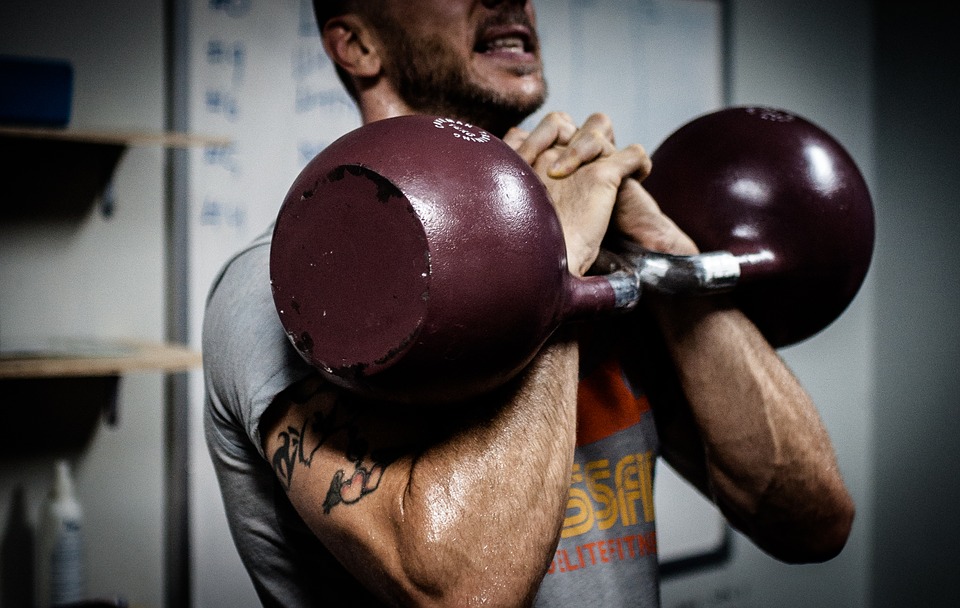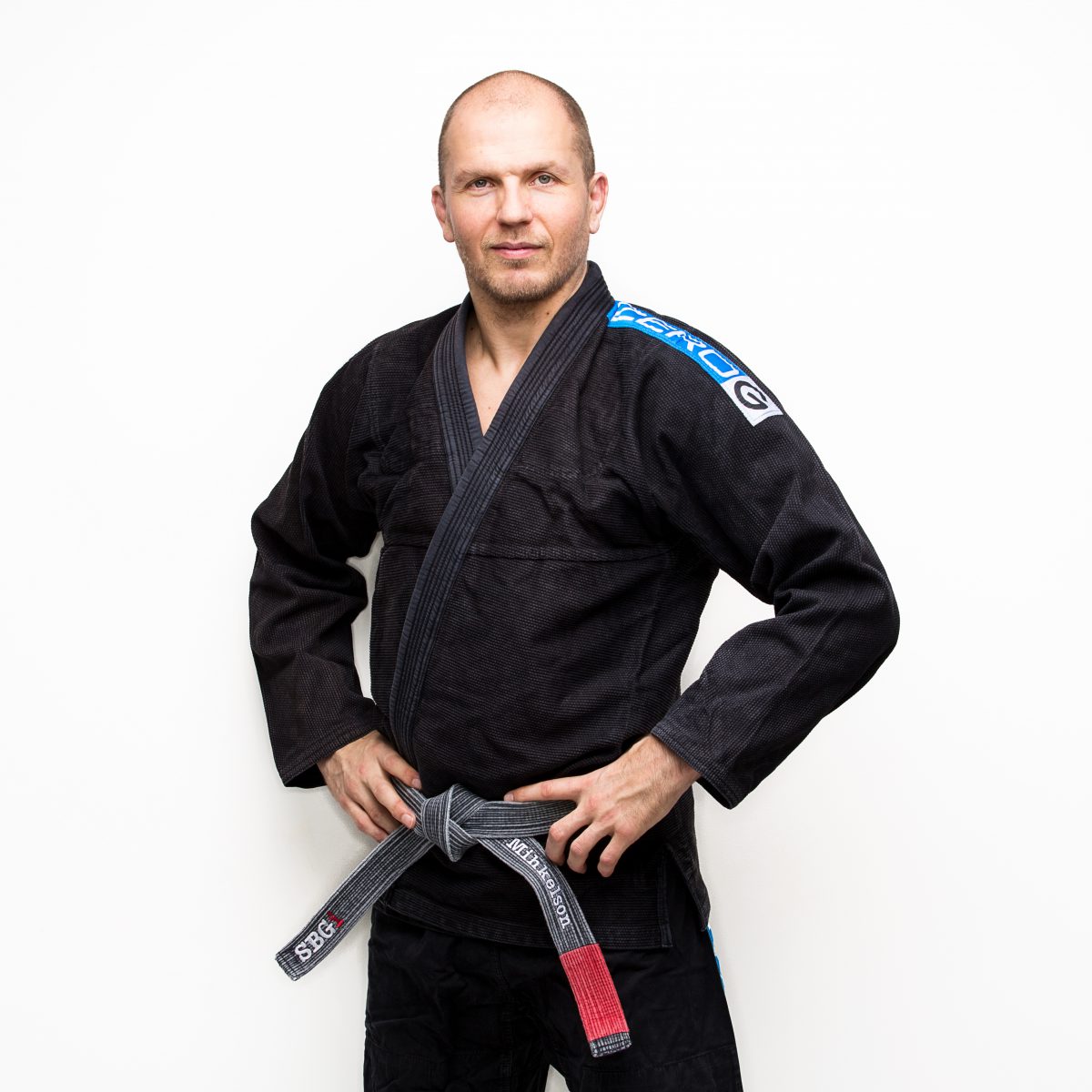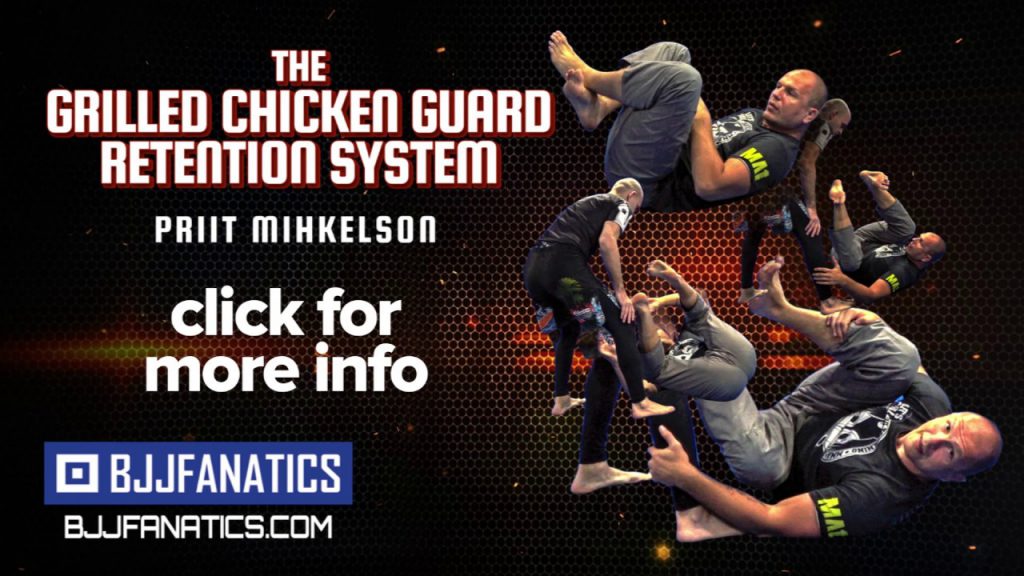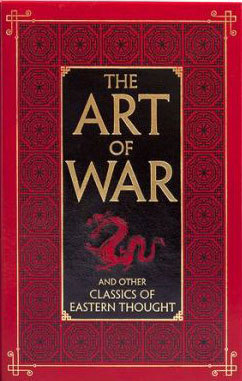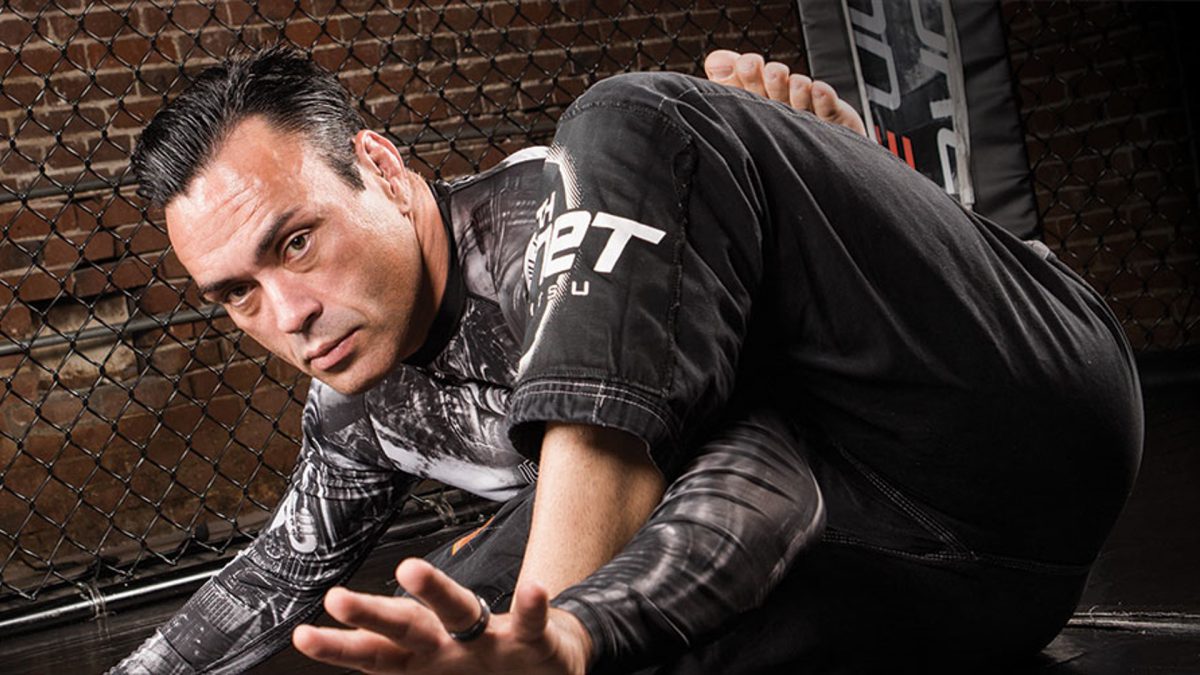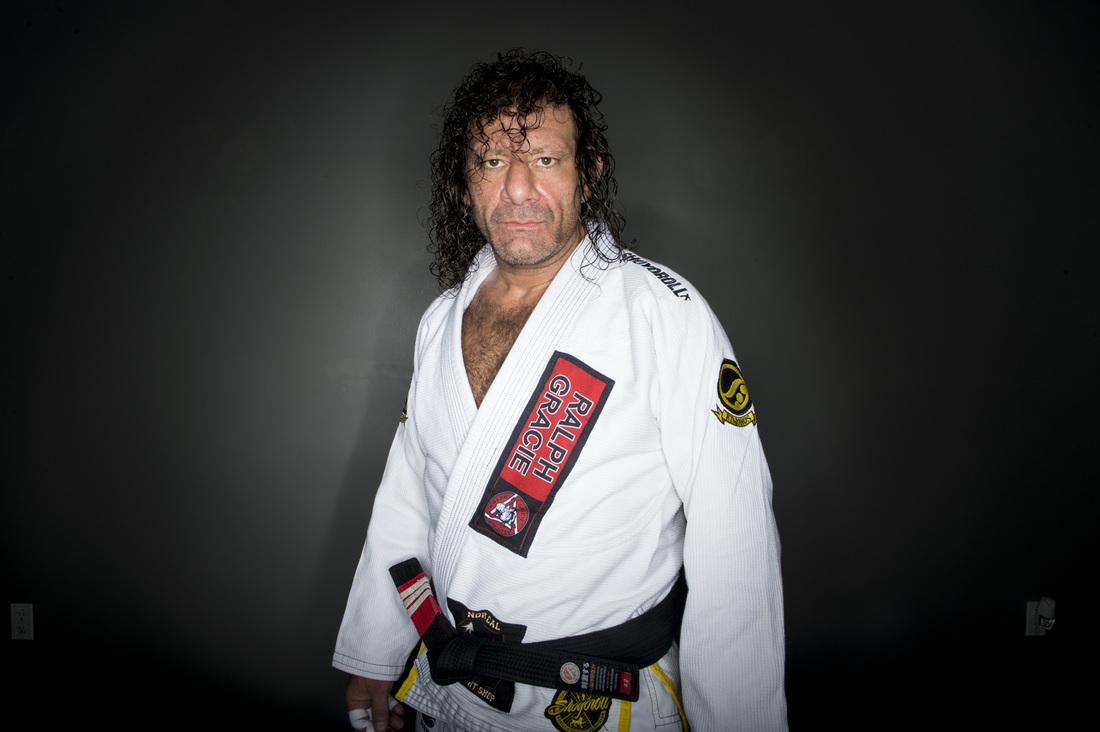The other day I got caught in a bicep slicer as I was attempting to pass my partner’s guard. He was playing open guard, and I reached in to attempt a leg weave pass, which ended up with me in lasso guard. Not realizing the danger I was in I attempted to simply continue passing. I was caught totally by surprise when my partner hit this submission. It wasn’t something I’d ever seen before. I must admit, these are my favorite moments in jiu jitsu, when you are hit with something completely foreign and it expands your awareness of what is possible in this martial art.
My partner showed me how to perform the move after he caught me in it. But I couldn’t keep the details straight the rest of the class, though I attempted the submission many times that evening. So at home I dug into YouTube and studied several videos that showed the details of the bicep slicer. This video is really straightforward in it’s explanation. Hope you enjoy it.



